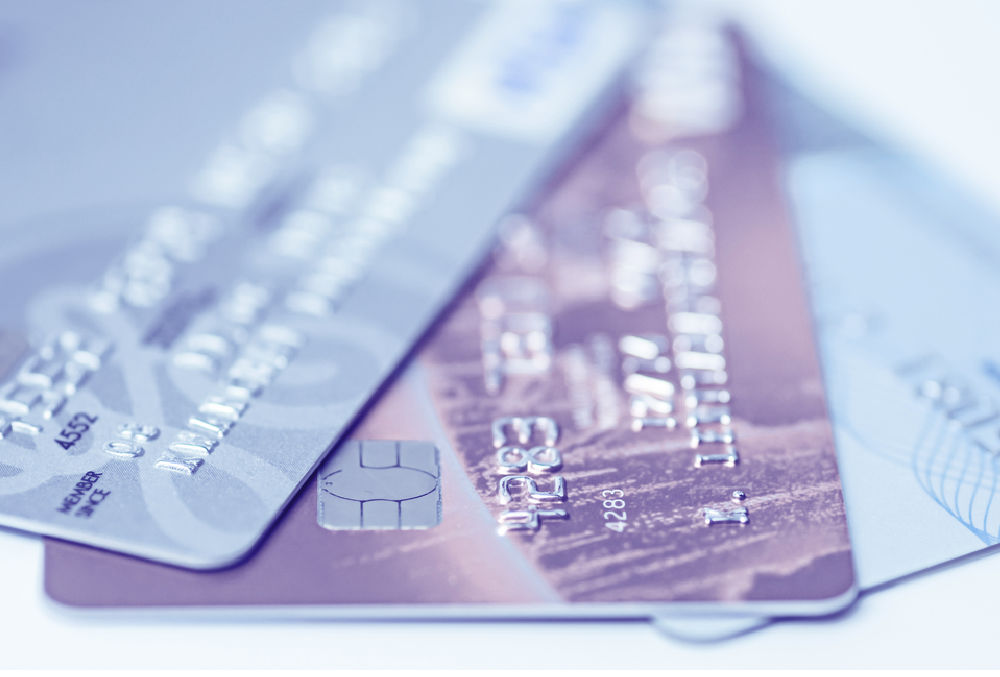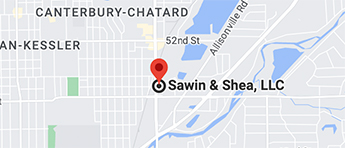Bankruptcy is often a wise choice for those overwhelmed by credit card debt and looking to get back on track and rebuild their finances. Though it can be a scary and stressful process, the benefits of filing for bankruptcy tend to outweigh the detriments. Though it can negatively impact your credit score, many debtors find that dealing with a bad credit score for a few years is better than constantly being weighed down by debt and harassed by creditors.
With credit card debt specifically, debtors often wonder how the process works and how it will affect their ability to still use current cards or open new ones in the future. We’ll walk you through some helpful information on filing for bankruptcy with credit card debt below, but if you’re ever unsure, working with an experienced bankruptcy attorney can help. They have years of experience helping those struggling with debt navigate the complicated legal process and get back on their feet.
What Happens to My Credit Card Debt When I File For Bankruptcy?
When you file for bankruptcy, you will be required to list all of your debts, including all of your credit cards. Once filed, your bankruptcy stops all collection actions against you. Ultimately, bankruptcies result in a discharge. This discharge stops any future collection of dischargeable debts. Credit cards, in almost every case, are dischargeable debts.
In Chapter 7 bankruptcy, most or even all of your unsecured debt will get discharged, including your credit card debt. However, in return for discharging your debts, you must give over your non-exempt property to a bankruptcy trustee. The funds from the sale of that property will be used to pay your creditors. Most Chapter 7 cases, however, are “no-asset cases” which means that the debtor in bankruptcy keeps everything in which they have an ownership interest.
In Chapter 13 bankruptcy, your debts are not discharged upfront. Instead, you will be required to pay what the law says you can afford to pay back your creditors through a repayment plan. The plans typically last around 3 to 5 years. A Chapter 13 is available to those that do not or can not qualify for a Chapter 7. It is also used to help debtors get caught up on things they are behind on, but that they would like to keep such as houses or cars. Credit cards, like most unsecured debts, get paid a partial amount in Chapter 13 and the debtor is then discharged of any further liability on the debt at the end of a plan
Exceptions to Discharging Credit Card Debt in Bankruptcy
While most debts do get wiped out after filing for bankruptcy, there are some exceptions. For example, if you are filing for Chapter 7 bankruptcy and your monthly income is more than your state’s median income, and it is believed that you can pay at least 25% of the debt, a discharge through chapter 7 will not be allowed. In this case, you will need to file a Chapter 13 bankruptcy instead, where a plan will be worked out for you to pay the amount the law requires you to pay before receiving a discharge on the balance.
Another reason some of your debt may not get discharged is if the creditor files an adversary proceeding because they believe that the charges made were an attempt to commit fraud. For example, if you charged more than $725 in luxury goods to a credit card within 90 days of filing for bankruptcy, your intent is presumed to be fraudulent. Additionally, if you took out a cash advance with any of your creditors worth more than $1000 within 70 days of filing, this will also be seen as an act of fraud. As a result, these debts may be considered non-dischargeable, and you may have a responsibility to pay them after your bankruptcy.
Building Credit After Bankruptcy
All of your credit cards, with the exception of some company cards, will be canceled and thus unusable during and after your bankruptcy.
While many individuals fear that their credit score and having just gone through bankruptcy will hinder them from getting any new loans or opening any new credit cards for a while, this is often not the case. Lots of creditors are willing to give debtors a chance, even after they’ve just come out of bankruptcy. Even if your credit is bad, if you have sufficient income, you will likely still be able to open new accounts and start rebuilding your credit shortly after your bankruptcy is over or, if you are in Chapter 13, during the life of the plan.
How Sawin & Shea, LLC Can Help
At Sawin & Shea, we believe in providing compassionate and understanding representation to those struggling with debt and looking to file for bankruptcy. Being buried under overwhelming amounts of debt can be debilitating, and the last thing you need is to add more stress to the situation by worrying about your bankruptcy case. Our attorneys have experience in bankruptcy cases and can help walk you through the process every step of the way. We can even offer guidance after your bankruptcy case has ended.
Contact us at 317-759-1483 or send us an email for a free consultation today!



